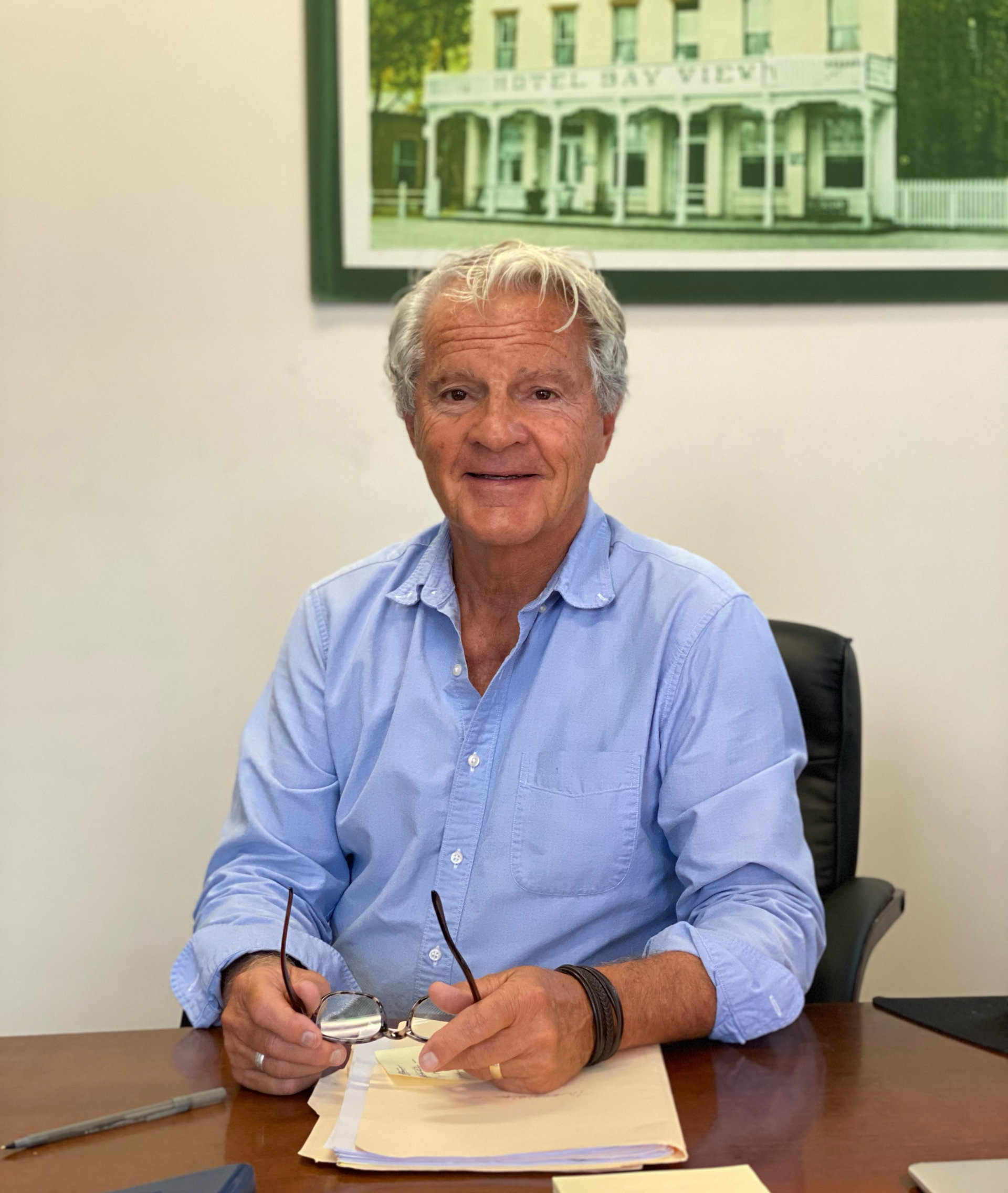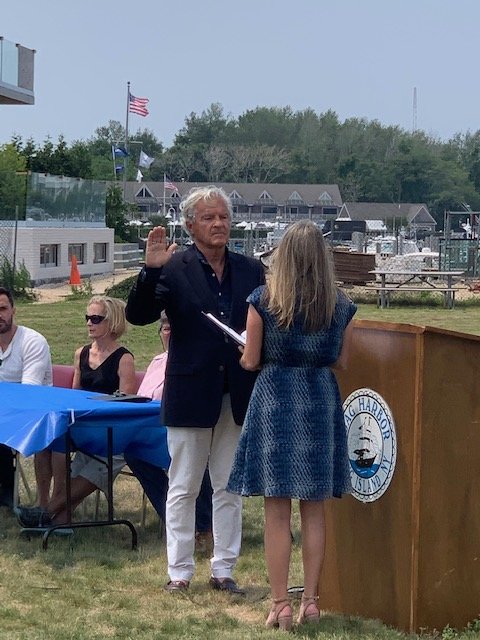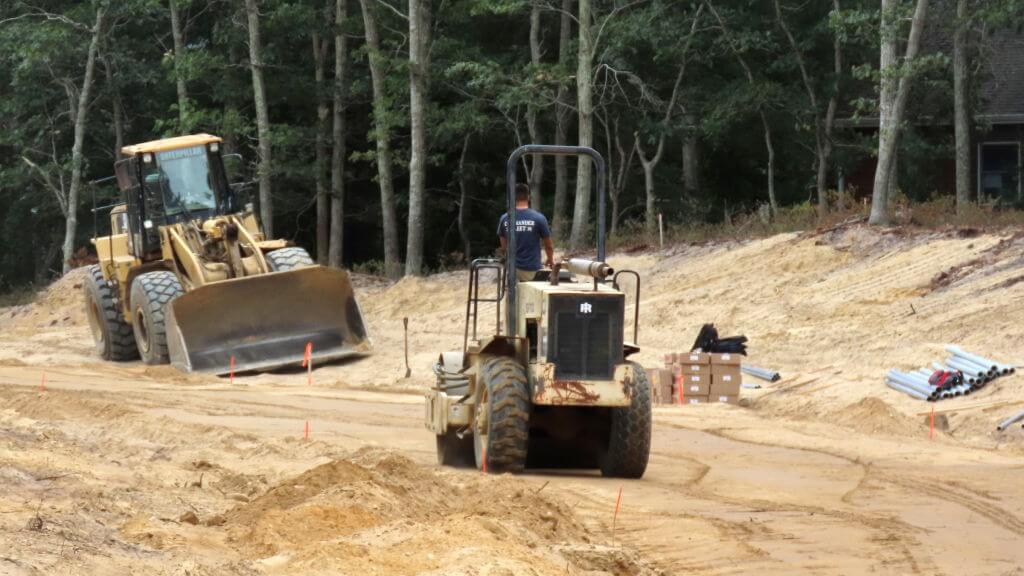New Sag Harbor Mayor James Larocca Shares His Plan for the Village

Since his swearing in just 10 days ago, on July 6, Sag Harbor’s new Mayor James Larocca is already hard at work attempting to make good on the initiatives that won him an extremely slim, 22-vote victory (379–352) over former first-term Mayor Kathleen Mulcahy in the village elections.
A trustee for six years before making a last-minute run at the mayor’s office, Larocca had retired from a long career in NY politics, serving under six different governors in six different cabinet positions, when he became involved locally. He’s been an outspoken proponent of creating a comprehensive master plan for Sag Harbor and updating waterfront zoning as part of an effort to better control and curtail rampant development in the village, and ensure young, elderly and lower-income locals aren’t priced out of town.
Mayor Larocca took some time out of his busy schedule late last week to discuss his new role, his plans and how it’s going so far.

How has the transition been for you since your June 15 win and swearing in last Tuesday?
It’s been fine… It’s literally three weeks, so there’s a lot to be done, particularly as I had two chairmen retire from the very important boards, the Zoning Board and the Architectural Review Board. I also got to pick a trustee to finish my unfinished term… The choices you make of people can be the most critical ones… I’ve been on the job now a week, and it feels pretty good.
Why did you run?
I had become very concerned about the direction of things during the last two years, to be completely frank about it. In my first four years, we had a lot of serious goals and we accomplished those. The rebuilding of the Long Wharf, the first major build in 100 years… The other thing that happened during my first four years is we completed what I consider the first phase of Steinbeck Park down on the waterfront…
The problem I had in the last two years is we did not advance that park one inch or one step during the entire time and that was very disappointing. We had a lot of momentum and that all came to a halt. And we have a zoning problem, we have a housing problem, we have a parking problem and I felt that we were simply not connecting the issues, nor were we advancing forward our losses of young people, particularly because of the high cost of housing, which is continuing. And so, I started reluctantly considering whether I would step in. I had a long career in public service and I was not initially keen to do it, but I felt that maybe I could make a contribution, so I stepped up four days before the deadline.
You won by just 22 votes. Did that change or affect your approach to the way you’re doing things, knowing it was so close?
I would say yes and no… You’ve got to appeal to not just the people who voted for you, but the people who didn’t vote for you. Here it was a virtual tie in percentage terms. I think that’s especially important… I’ve reached out and continue to reach out in every direction. And I’m hoping that people will be responsive and accept that initiative.
What are your primary goals?
I would start with the concern that’s on everybody’s mind, about the rate of development that’s taking place in the village. In many cases, apparently large, highly funded developers are buying up properties without a lot of public explanation of what they’re doing and why. And that is coupled with the larger issue we’ve had… the price of real estate is pricing younger families, working families, out of the place they grew up in, they love and want to live in. The whole bundle of issues associated with development and finding rules and mechanisms for restraining that development, or at least assuring that it’s more stratified, that it’s more public, is a very big part of my agenda.
How will you implement this comprehensive plan and waterfront rezoning?
The previous mayor started the process. She’d run on the promise of a comprehensive master plan for the village, but that did not happen. I think she’s blamed it on COVID… The initiative was never undertaken. That needs to happen and I will initiate a comprehensive planning process, a master plan, for the village. We would be in a lot stronger shape now in terms of responding to the development pressures we’re under, if we had a master plan. Communities all over the Island and all over New York know that and, somehow, we didn’t do it.
The tools of rezoning, regulating what kinds of building, heights, all that, were part of the initiative we’ve taken for just the waterfront, or only about half the waterfront, and I am trying to make sense of that. I think some of the work there was very good, but it’s disconnected and it’s not consistent. So a governing plan for our waterfront, to protect it as our most important economic and environmental asset, leads the list for me as I try to stand up to the wave of development that’s trying to gobble it up.
What about the Bay Street move? What do you envision?
We’re talking directly now at the highest level of the theater. We initiated that last week on my first day on the job and we are only disagreeing with Bay Street about the location. I would rather not see it on the waterfront. I think there are alternative sites that would serve their purposes perfectly well. But we’re talking about the whole package and we’d like to see them not leave. We want to see them flourish and grow here, and they’ve already given this community 30 years of very fine theater, and the arts, culture, music, and we want them to continue. And I’m confident we can solve this real estate issue.
Do you have anything to add?
I think Sag Harbor was at its finest, even with the rain, over Fourth of July. I had all my grandchildren here, all my family here, and the town was alive. It was vibrant. We were out on the street. We had a terrific swearing-in day and people saw it as very celebratory and a fresh start. The spirit felt pretty good. It was a long time coming out of COVID and this was one of our first big outside events, and I hope we can build on that spirit.



